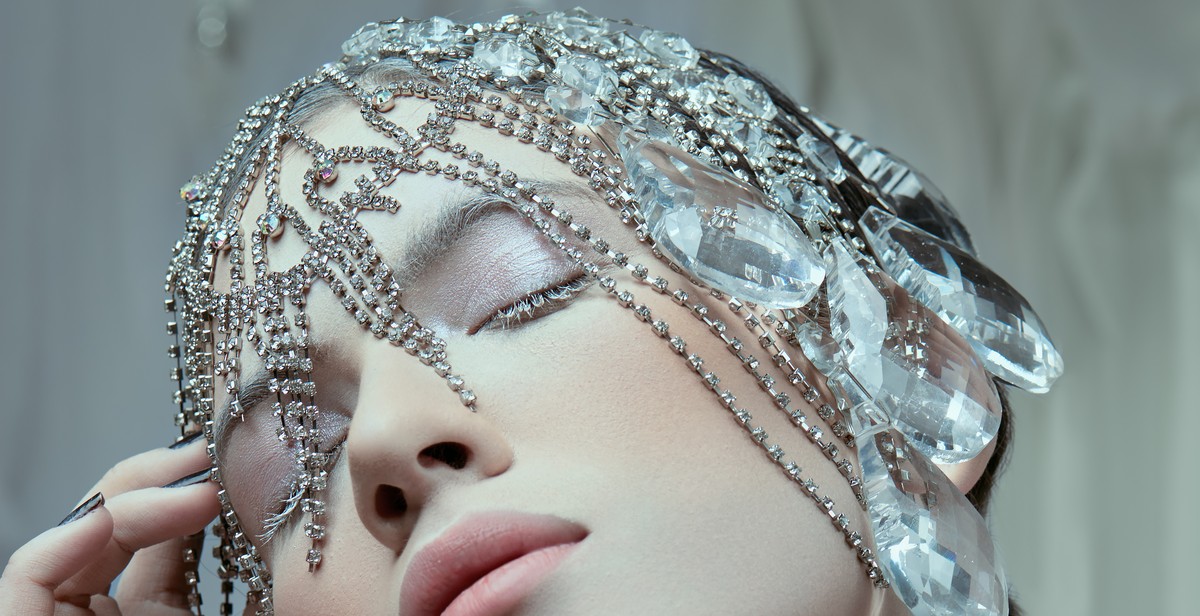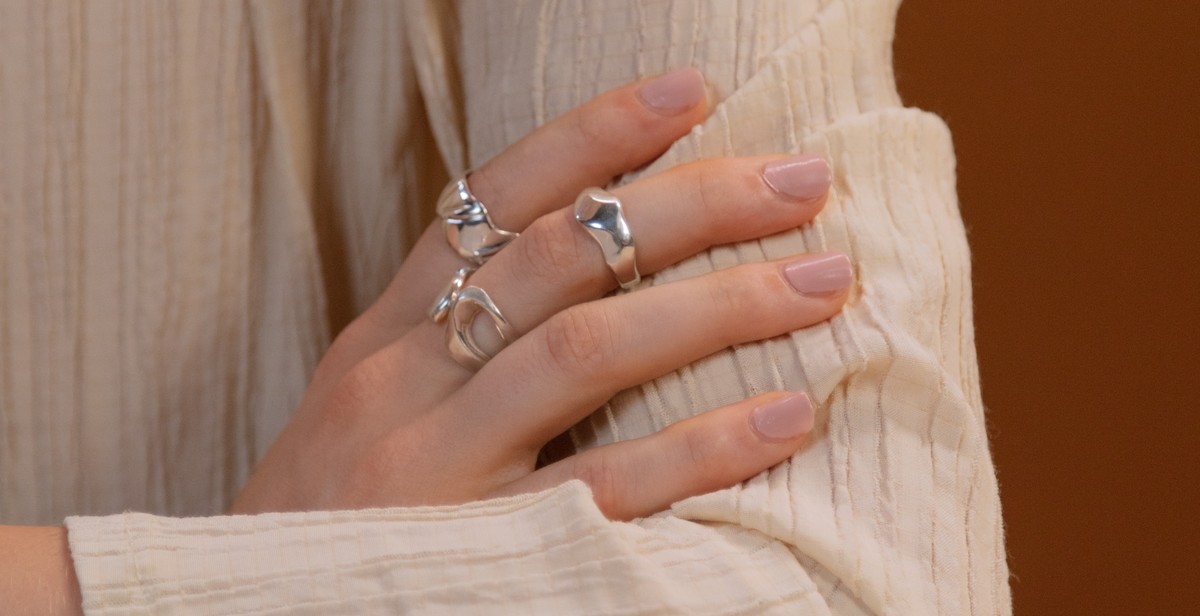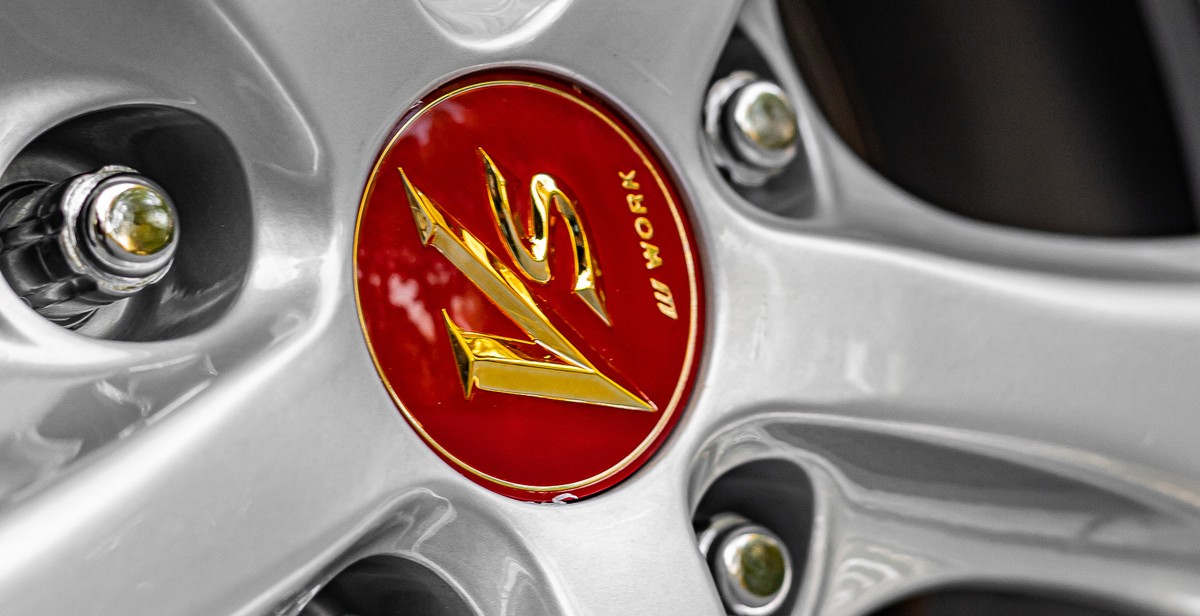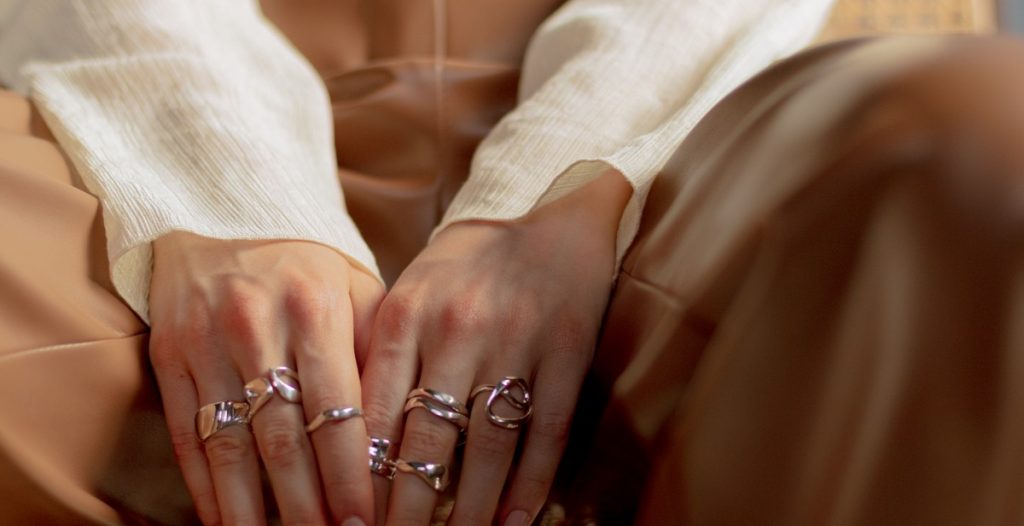Introduction
Silver jewellery is a popular choice for its timeless elegance and affordability. However, if not properly cared for, silver jewellery can quickly lose its shine and become tarnished. Tarnishing is a natural process that occurs when silver reacts with sulfur compounds in the air, and it can be accelerated by exposure to certain chemicals and environmental factors.
If you’re wondering how to care for your silver jewellery and prevent tarnishing, you’ve come to the right place. In this article, we’ll provide you with a comprehensive guide on how to care for your silver jewellery, including cleaning methods, storage tips, and preventive measures.
Why is it important to care for your silver jewellery?
Caring for your silver jewellery is important not only for its aesthetic value but also for its longevity. Regular cleaning and maintenance can prevent tarnishing and other forms of damage, which can ultimately prolong the life of your jewellery.
Additionally, proper care can help retain the value of your silver jewellery, making it a worthwhile investment. With a little effort and attention, you can keep your silver jewellery looking as good as new for years to come.

Understanding Silver Tarnishing
Silver is a precious metal that is known for its beauty and durability. However, one of the biggest challenges of owning silver jewellery is tarnishing. Tarnishing is the process by which silver reacts with sulfur-containing substances in the air or on the skin to form a dark, dull layer on its surface. In this section, we will discuss what causes tarnishing, why silver tarnishes and how to identify tarnishing.
What Causes Tarnishing?
Tarnishing is caused by a chemical reaction between silver and sulfur-containing substances. These substances can be found in the air, water, and even on our skin. For example, hydrogen sulfide, which is found in the air, can react with silver to form silver sulfide, which is the black layer that we see on tarnished silver.
Why Does Silver Tarnish?
Silver tarnishes because it is a reactive metal. When exposed to sulfur-containing substances, silver reacts to form silver sulfide, which is the black layer that we see on tarnished silver. The rate at which silver tarnishes depends on several factors, including the environment in which it is stored, the level of humidity, and the amount of sulfur-containing substances present.
How to Identify Tarnishing?
Identifying tarnishing is relatively easy. Tarnished silver will appear dark and dull, and may also have a yellow or brownish tint. You may also notice a rough or pitted texture on the surface of the silver. In some cases, tarnished silver may also give off a sulfuric odor.
- Dark and dull appearance
- Yellow or brownish tint
- Rough or pitted texture
- Sulfuric odor
Now that we understand what causes tarnishing, why silver tarnishes and how to identify tarnishing, we can move on to discussing how to care for our silver jewellery and prevent tarnishing.

Tips to Care for Your Silver Jewelry
Silver jewelry is a popular choice for many people due to its affordability, durability, and beauty. However, it is important to take care of your silver jewelry to prevent tarnishing and keep it looking its best. Here are some tips for caring for your silver jewelry:
Store Your Jewelry Properly
When you’re not wearing your silver jewelry, it’s important to store it properly to prevent tarnishing. Store your jewelry in a cool, dry place, away from direct sunlight and heat. Avoid storing your silver jewelry in a humid environment, such as a bathroom, as moisture can cause tarnishing. You can store your silver jewelry in a jewelry box or airtight bag to protect it from the elements.
Clean Your Jewelry Regularly
Regular cleaning is essential to prevent tarnishing and keep your silver jewelry looking shiny and new. Clean your jewelry with a soft cloth or a silver polishing cloth to remove dirt and oils. You can also use a mild soap and water to clean your silver jewelry, but be sure to rinse it thoroughly and dry it completely before storing it.
Avoid Contact with Chemicals
Chemicals such as perfumes, lotions, and hairsprays can cause tarnishing and damage to your silver jewelry. Avoid wearing your silver jewelry when using these products or allow them to dry completely before putting on your jewelry. It’s also important to remove your silver jewelry before swimming or using a hot tub, as chlorine can cause tarnishing.
Wear Your Jewelry Often
One of the best ways to care for your silver jewelry is to wear it often. The natural oils in your skin can help prevent tarnishing and keep your silver jewelry looking its best. However, be sure to avoid wearing your silver jewelry when doing activities that can cause damage, such as sports or heavy lifting.
By following these tips, you can keep your silver jewelry looking beautiful for years to come.

Natural Silver Cleaning Methods
There are many natural ways to clean and prevent tarnish on your silver jewelry. Here are three highly effective methods:
Using Baking Soda and Aluminum Foil
One of the most popular and effective natural silver cleaning methods is using baking soda and aluminum foil. This method works by creating a chemical reaction that removes tarnish from the surface of the silver. Here’s how to do it:
- Line a bowl with aluminum foil.
- Add 1 tablespoon of baking soda and 1 tablespoon of salt to the bowl.
- Boil enough water to fill the bowl.
- Pour the boiling water into the bowl and stir the mixture until the baking soda and salt are dissolved.
- Place your silver jewelry in the bowl, making sure it is touching the aluminum foil. Let it soak for 5-10 minutes.
- Rinse the jewelry thoroughly with water and dry with a soft cloth.
Using Vinegar and Baking Soda
Another effective natural silver cleaning method is using vinegar and baking soda. This method is especially useful for removing stubborn tarnish. Here’s how to do it:
- Mix 1/2 cup of white vinegar with 2 tablespoons of baking soda in a bowl.
- Place your silver jewelry in the bowl and let it soak for 2-3 hours.
- Rinse the jewelry thoroughly with water and dry with a soft cloth.
Using Lemon Juice and Olive Oil
If you prefer a natural silver cleaning method that is gentle on your jewelry, try using lemon juice and olive oil. This method is perfect for delicate silver pieces. Here’s how to do it:
- Mix 1/2 cup of lemon juice with 1 tablespoon of olive oil in a bowl.
- Place your silver jewelry in the bowl and let it soak for 1-2 hours.
- Rinse the jewelry thoroughly with water and dry with a soft cloth.
Using these natural silver cleaning methods will help you keep your jewelry looking beautiful for years to come.

Professional Silver Cleaning Services
While regular cleaning and maintenance of your silver jewellery can help to prevent tarnishing and keep it looking shiny, there are times when it may be necessary to seek professional help. Professional silver cleaning services can provide a deeper clean and remove stubborn tarnish that you may not be able to get rid of on your own.
When to Seek Professional Help
If your silver jewellery has become heavily tarnished or discoloured, it may be time to consider professional cleaning. Other signs that you may need professional help include scratches, dents, or damage to the jewellery that cannot be fixed with regular cleaning methods.
It is also a good idea to seek professional help if you have antique or heirloom silver jewellery that requires special care or if you simply do not have the time or resources to clean your jewellery yourself.
How to Choose a Professional Cleaner
When choosing a professional cleaner for your silver jewellery, it is important to do your research and choose a reputable and experienced provider. Look for a cleaner who specializes in silver and has a good track record of providing quality services.
You should also consider the cleaning methods used by the provider. Some cleaners may use harsh chemicals or abrasive materials that can damage your jewellery. Look for a cleaner who uses gentle and non-toxic methods to ensure that your jewellery is not harmed in the cleaning process.
Finally, consider the cost and turnaround time for the cleaning services. While you don’t want to skimp on quality, you also don’t want to overpay for services that are not worth the cost. Look for a provider who offers fair pricing and a reasonable turnaround time for cleaning your jewellery.
- When your silver jewellery becomes heavily tarnished or damaged, seek professional cleaning services.
- Choose a reputable and experienced provider who specializes in silver and uses gentle cleaning methods.
- Consider the cost and turnaround time for the cleaning services.

Conclusion
In conclusion, caring for your silver jewelry is important to ensure that it retains its shine and beauty. Tarnishing is a natural process that occurs over time, but there are several steps you can take to prevent it from happening too quickly. By following the tips outlined in this article, you can keep your silver jewelry looking as good as new for years to come.
Cleaning
Regular cleaning is essential to prevent tarnishing and keep your silver jewelry looking its best. Use a soft cloth and a mild soap to clean your jewelry, and avoid using harsh chemicals or abrasive materials that can scratch the surface.
Storage
Proper storage is also important to prevent tarnishing. Store your silver jewelry in a cool, dry place, and avoid exposing it to moisture or direct sunlight. You can also store your jewelry in airtight bags or containers to protect it from the elements.
Wearing
When wearing your silver jewelry, avoid exposing it to harsh chemicals, such as chlorine or bleach, which can cause it to tarnish. Remove your jewelry before swimming or taking a shower, and avoid wearing it when doing household chores or other activities that could damage it.
Professional Cleaning
If your silver jewelry has become heavily tarnished, you may need to take it to a professional for cleaning. A jeweler can use specialized tools and techniques to remove the tarnish and restore your jewelry to its original shine.
By following these tips, you can keep your silver jewelry looking beautiful for years to come. With a little care and attention, your jewelry can become a treasured family heirloom that you can pass down to future generations.

